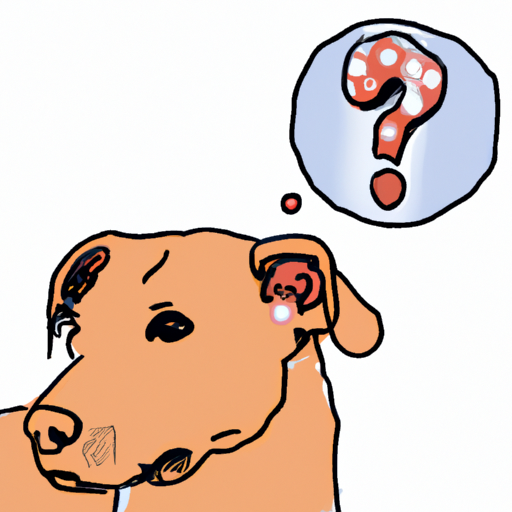As a caregiver, you are always on the lookout for signs of discomfort in your furry friend. Ear infections are one such common issue that affects dogs, and yeast is often the culprit behind these painful conditions. Let’s delve into what causes yeast infections in dogs’ ears, how to recognize them, and what you can do to treat and prevent them.
Understanding Yeast Infections in Dogs’ Ears
Yeast is a type of fungus. It’s common and normal for yeast to live on your dog’s skin without causing any issues. However, certain conditions can cause this usually harmless fungus to multiply and lead to an infection. Yeast infections in dogs’ ears are not just uncomfortable, they can also lead to serious complications if left untreated.
Causes of Yeast Infections in Dogs’ Ears
There are several factors that can trigger a yeast overgrowth, leading to an infection in your dog’s ears.
- Moisture: Yeast thrives in a damp environment. If your dog loves to swim or bathe frequently, their ears may not get the chance to dry out properly. This can create a perfect breeding ground for yeast.
- Allergies: Dogs with allergies, whether food or environmental, are more susceptible to yeast infections. This is because the inflammation caused by allergies can disrupt the normal balance of yeast in your dog’s body.
- Hormonal imbalances: Conditions like hypothyroidism can affect your pet’s immune system, making them more vulnerable to infections.
- Medication side effects: Certain medications, such as antibiotics, can disrupt the normal bacterial environment in your dog’s body, leading to a yeast overgrowth.
| Triggers | Explanation |
|---|---|
| Moisture | Creates a breeding ground for yeast |
| Allergies | Disrupts the normal balance of yeast |
| Hormonal imbalances | Weakens the immune system |
| Medication side effects | Affects the normal bacterial environment |
Signs and Symptoms
As a caregiver, you know your pet best. You can look out for these signs that may suggest your dog has a yeast infection in their ears:
- Scratching or rubbing their ears more often than usual
- Shaking their head excessively
- Discharge or odor coming from their ears
- Redness or swelling in the ears
- Hair loss around the ears
- Unusual behavior like depression or irritability
Treatment and Prevention
The treatment for yeast infections in dogs’ ears usually involves antifungal medication. Your vet may also prescribe a cleaning solution to keep the ears clean and dry.
To prevent future infections, you can:
- Dry your dog’s ears thoroughly after bathing or swimming
- Regularly clean your dog’s ears with a vet-approved solution
- Keep your dog’s immune system strong through a balanced diet and regular exercise
- Regularly check your dog’s ears for signs of infection
FAQ
Q: Can a yeast infection in my dog’s ears clear up on its own?
A: It’s unlikely. Yeast infections typically require treatment to clear up.
Q: How long does it take for a yeast infection in a dog’s ear to heal?
A: With proper treatment, most infections clear up in 1-2 weeks.
Q: Can I use human medicine to treat my dog’s yeast infection?
A: No, always consult your vet before giving any medication to your pet.
Q: Are certain breeds more susceptible to yeast infections?
A: Dogs with floppy ears, like Basset Hounds or Cocker Spaniels, are more prone to yeast infections due to their ear structure, which can trap moisture.
Remember, you’re not alone in caring for your furry friend. Your vet is always there to help when you have concerns about your pet’s health.



